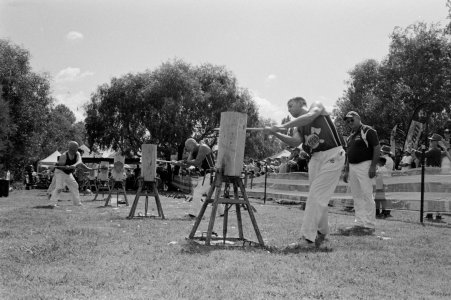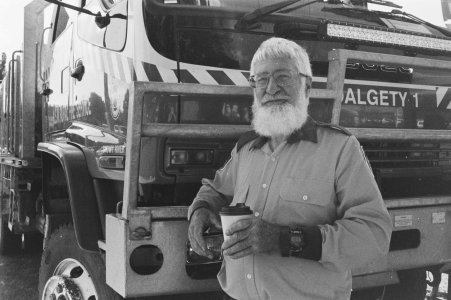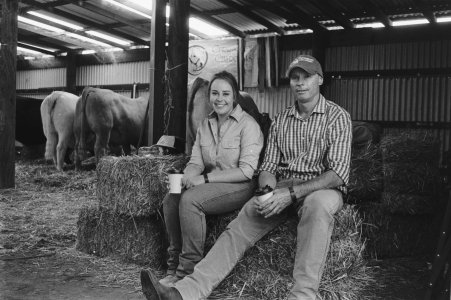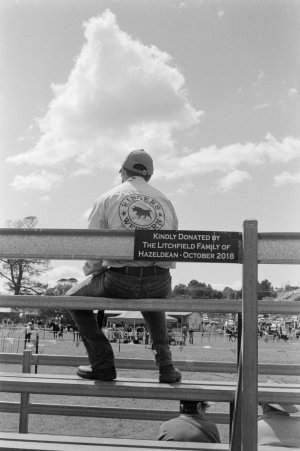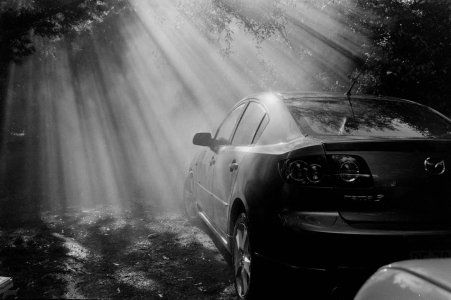Stevenson Gawen
Well-Known Member
This is a slightly pointless post to be honest - but I'm annoyed with myself for mislaying my developing thermometer!
How would you develop a roll of HP5+ when you only have ID-11 and no thermometer?
I might just 'borrow' a thermometer of the ordinary room temperature kind while I wait for a new real one to be delivered.
But any radical solutions?
I've read that stand development is not very temp sensitive, but seems that ID-11 is not suited to that....
How would you develop a roll of HP5+ when you only have ID-11 and no thermometer?
I might just 'borrow' a thermometer of the ordinary room temperature kind while I wait for a new real one to be delivered.
But any radical solutions?
I've read that stand development is not very temp sensitive, but seems that ID-11 is not suited to that....

